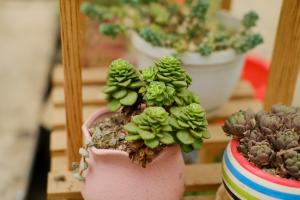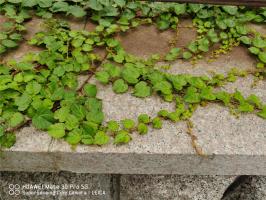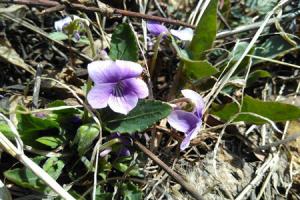1、 Breeding environment
1. Soil: its requirements are mainly nutrition, air permeability and drainage. It can mainly use rotten leaf soil or peat soil, mixed with sand, base fertilizer and other substances
2. Temperature: flower leaf taro likes to be warm. The best temperature is 18 to 20 degrees. It is necessary to keep out the cold in winter, not less than 12 degrees, otherwise the leaves will be frostbitten
3. Illumination: it is OK to provide scattered light at ordinary times. Not too strong, too strong light will cause the leaves to be burned. It should not be too dark, or it will lead to overgrowth or wilting of leaves
4. Watering: the season with high water demand for flower leaf taro is mainly spring and summer, which can be watered more. From the end of autumn, watering should be reduced
5. Fertilization: once a week is enough. Nitrogen fertilizer is mainly used, taking into account other elements
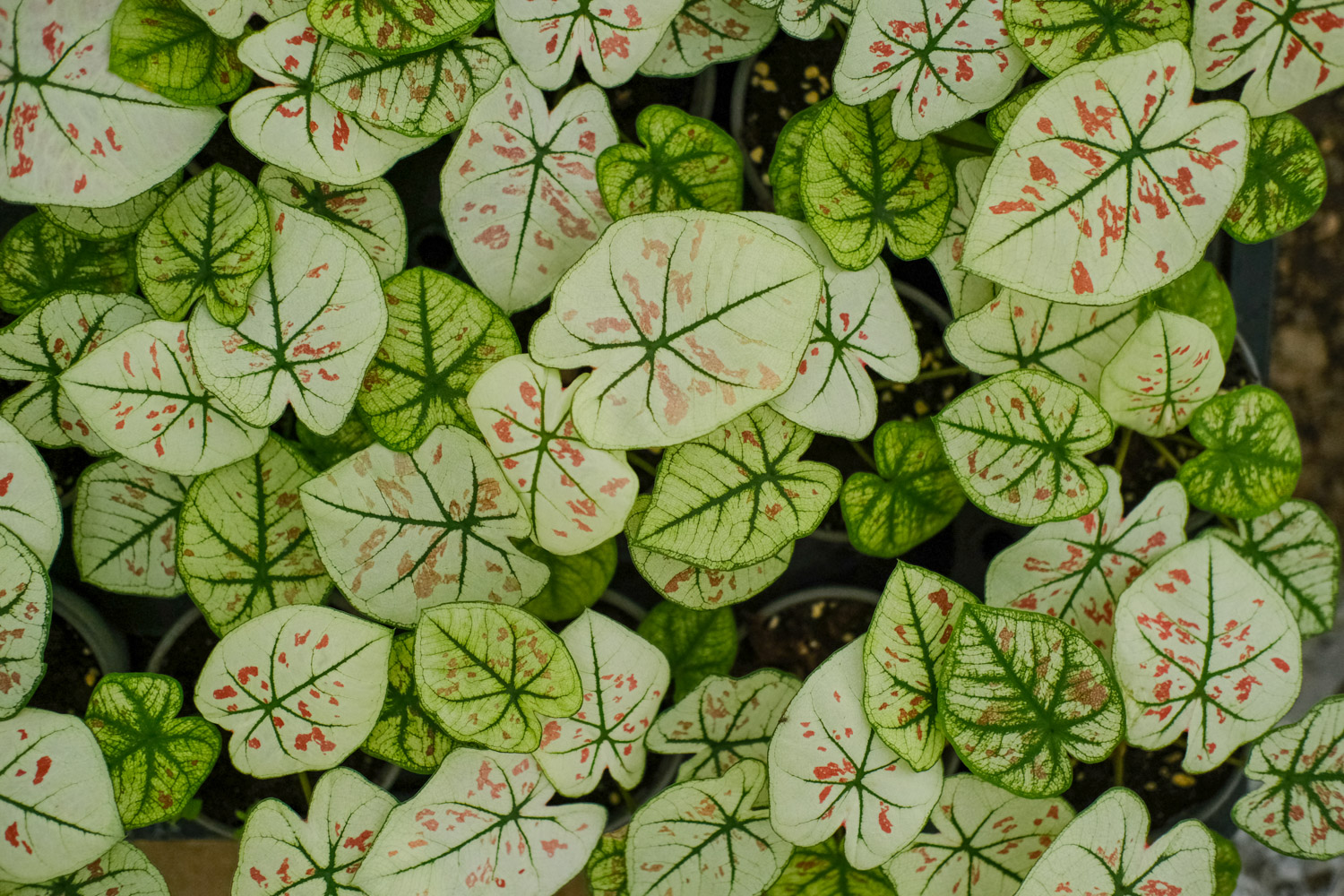
2、 Change basin regularly
If the pots are not changed for a long time, the soil may agglomerate and hinder the root respiration, so the pots need to be changed regularly. If the soil is not suitable, it can be changed once a year. If it is more suitable, it can be changed every two years. When changing pots, you can also trim the roots and cut off the rotten roots
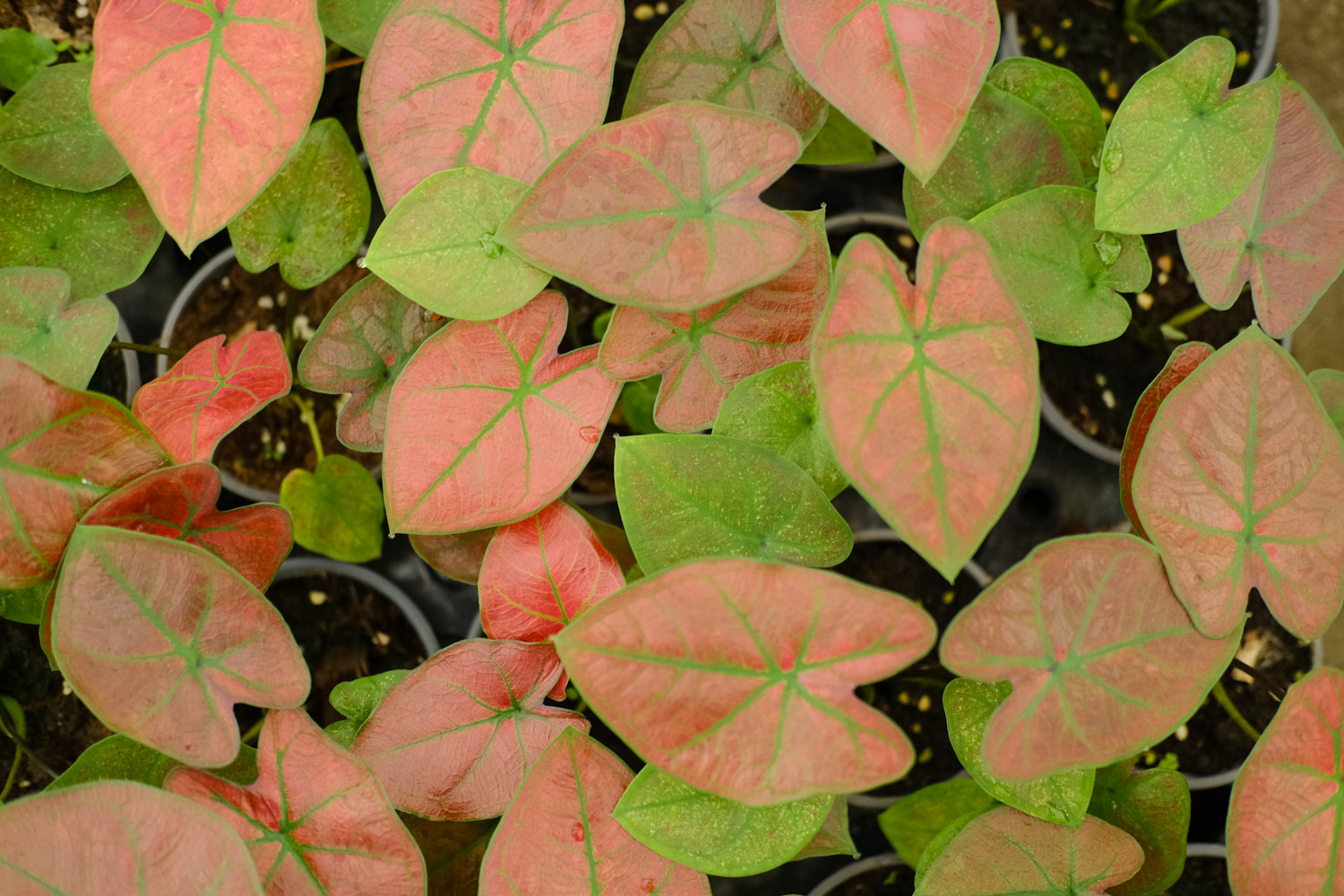
3、 Regular pruning
Pruning is mainly divided into normal pruning and pruning after flowering. The usual pruning is mainly for leaves and branches. If yellow leaves or dry branches are found, they need to be trimmed in time to ensure that the plants are neat. In addition, the flower needs to be trimmed once after the flower, and the withered flower buds should be cut off to prevent them from continuing to consume nutrients
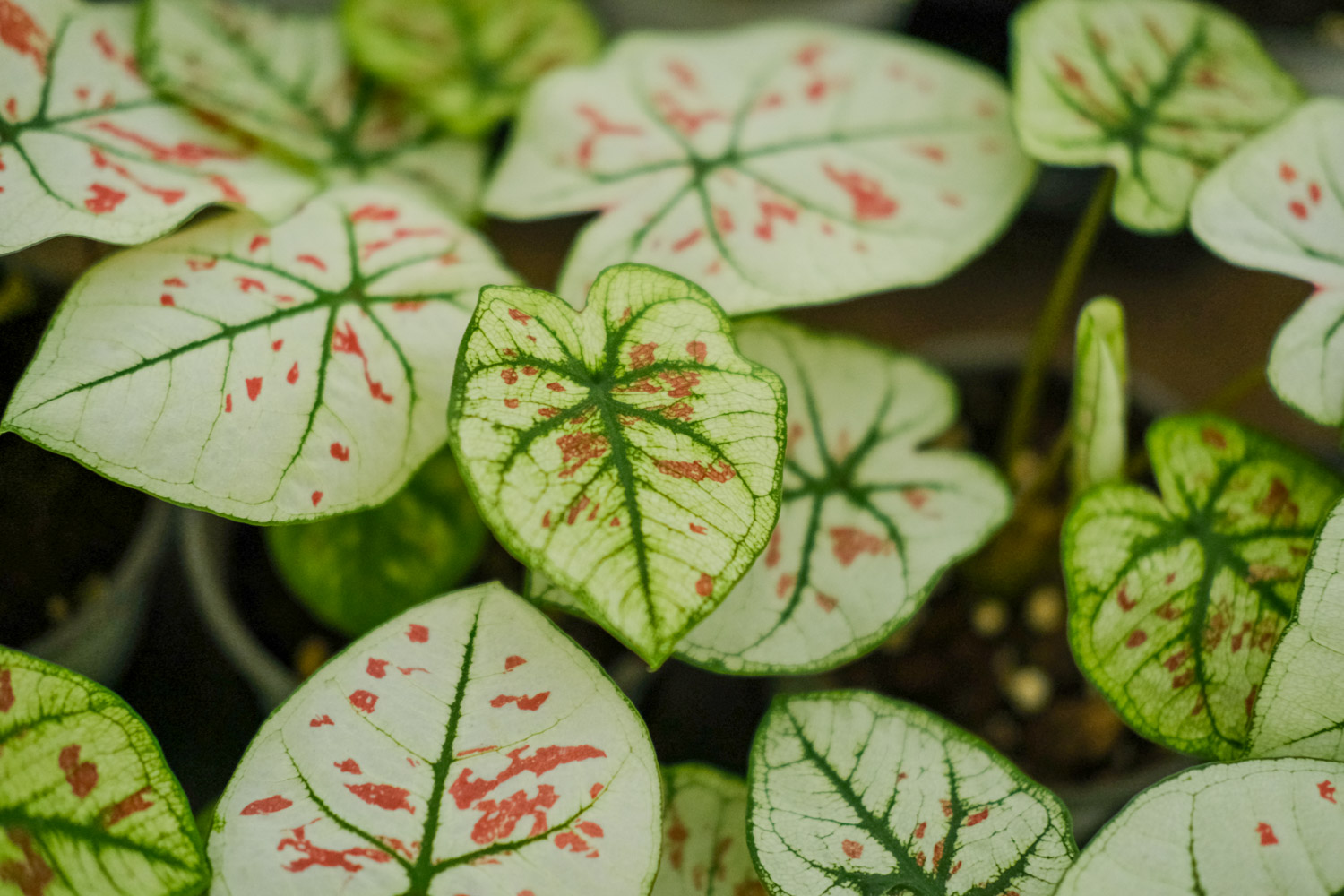

 how many times do yo...
how many times do yo... how many planted tre...
how many planted tre... how many pine trees ...
how many pine trees ... how many pecan trees...
how many pecan trees... how many plants comp...
how many plants comp... how many plants can ...
how many plants can ... how many plants and ...
how many plants and ... how many pepper plan...
how many pepper plan...
